The Vineyard
The Wrekin Vineyard lies within its own small valley located on the north facing slopes of the Fairhall Valley. It is part of a sub-region of Marlborough known as the Southern Valleys.
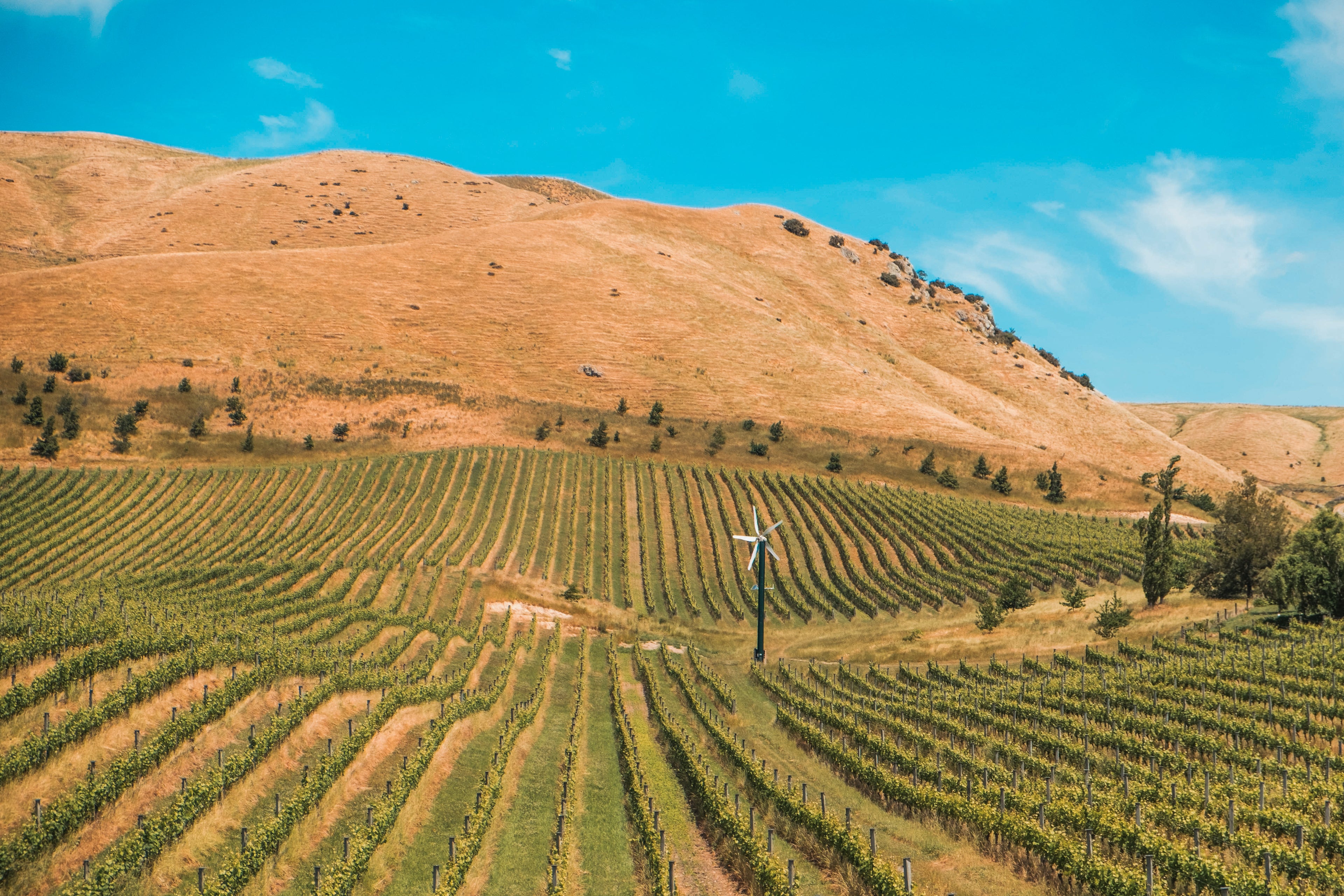
Land and soil
Ancient clay soils overlying greywacke parent rock are significantly different from the loess soils occurring in the lower areas. The elevation, rolling hillside and orientation of the vineyard blocks which were established on undisturbed soils also contribute to the unique terroir of this site.
We have been farming the vineyard organically since 2012, and following biodynamic practices from 2018. In 2019 we became organic certified with Biogro #5732.
Throughout the year biodynamic preparations are made using indigenous ingredients from the farm, including manure from our angus beef females, local yarrow and many other flora local to the area. Winery waste water is sprayed back onto the olive blocks and our home-grown compost.

Vines and clones
First planted in 2002, our vineyard includes pinot noir, chardonnay and chenin blanc grapes. Initial plantings comprised Dijon clones 777, 667, 115 and 114. The second plantings included Abel, 10/5, UCD clone 5 and UCD clone 6. More recently we added Entav clones 943 and 828 which have contributed to vintages 2017 onwards.
To achieve balance between canopy and fruit we focused on matching vigour of soils and plants resulting in a vine density of approximately 3200 stems per hectare.
Depending on the season we have been able to dry farm significant areas of the vineyard, with irrigation from the dam limited to intermittent application. Yields differ from clone to clone, aspect to aspect and season to season. The yield average over all varieties is 5.9 tonnes per hectare.
Our hand-picked harvest is spread over 3-4 weeks dictated by clone and fruit development on different aspects.
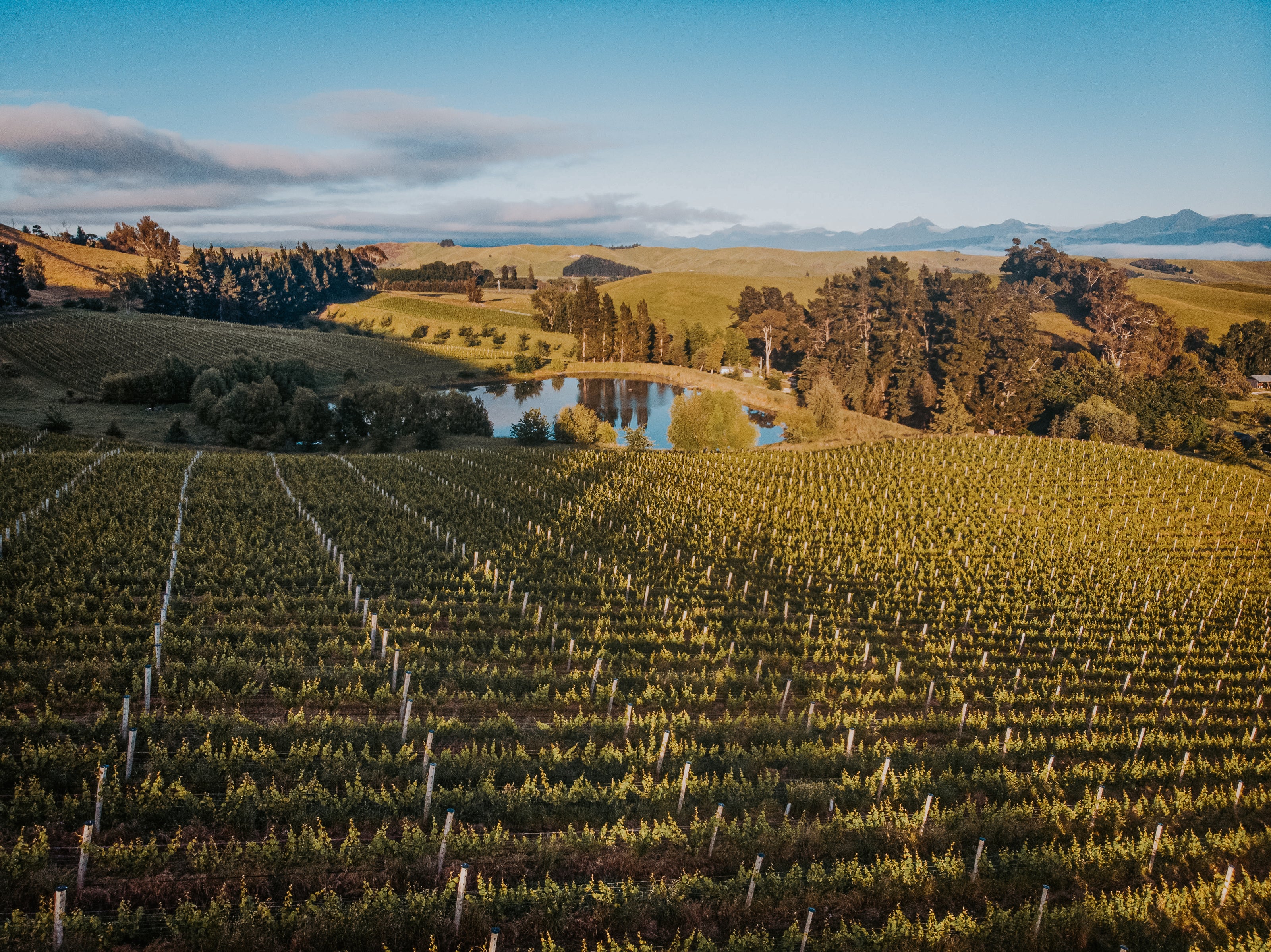
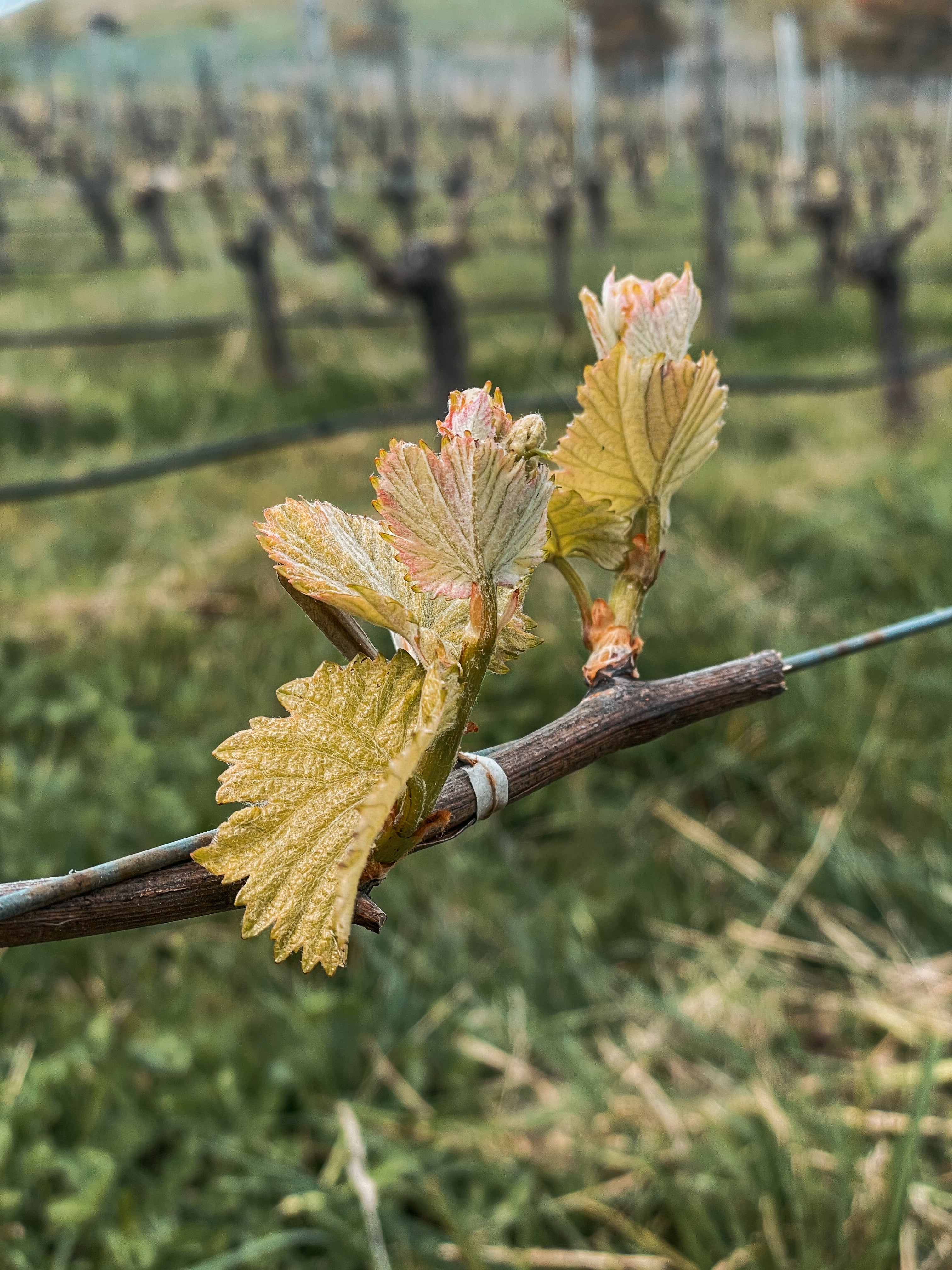
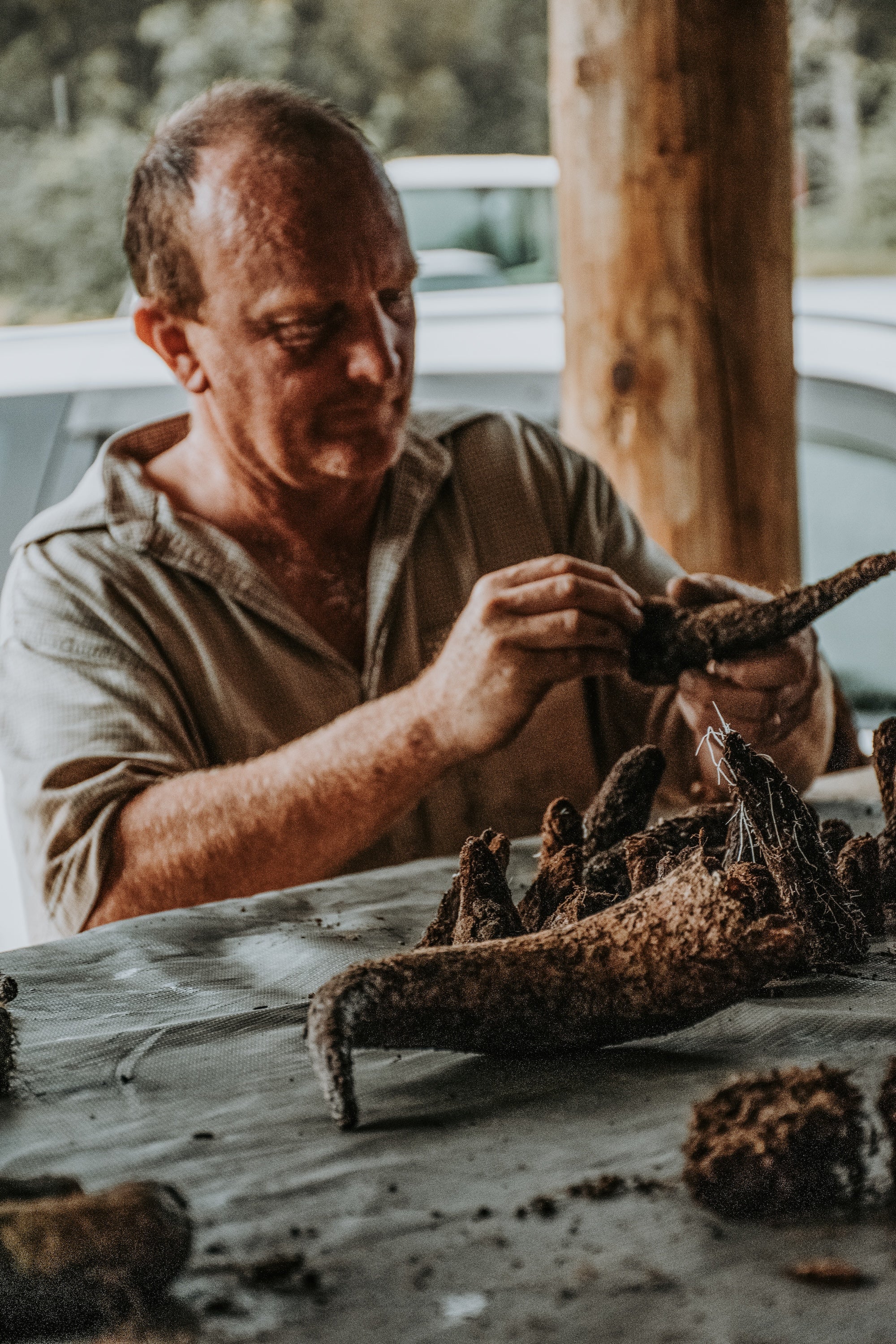
Organics and regenerative farming practice are fundamental to the way we seek to produce minimal intervention and age-worthy wines. Good wine is made in the vineyard.
Biodynamics brings together a whole-farm ecosystem where our animals and flora contribute to soil and vine health, adding resilience in an ever-changing climate.
Our blocks
Nestled at the foothills of our wider 360 hectare farm, our vineyard blocks are diversified across a range of aspects, soil types and elevations. Not only does this give us many different flavour profiles within the vineyard, it spreads our hand-harvest over a 30+ day period where we can pick parcels as they ripen.
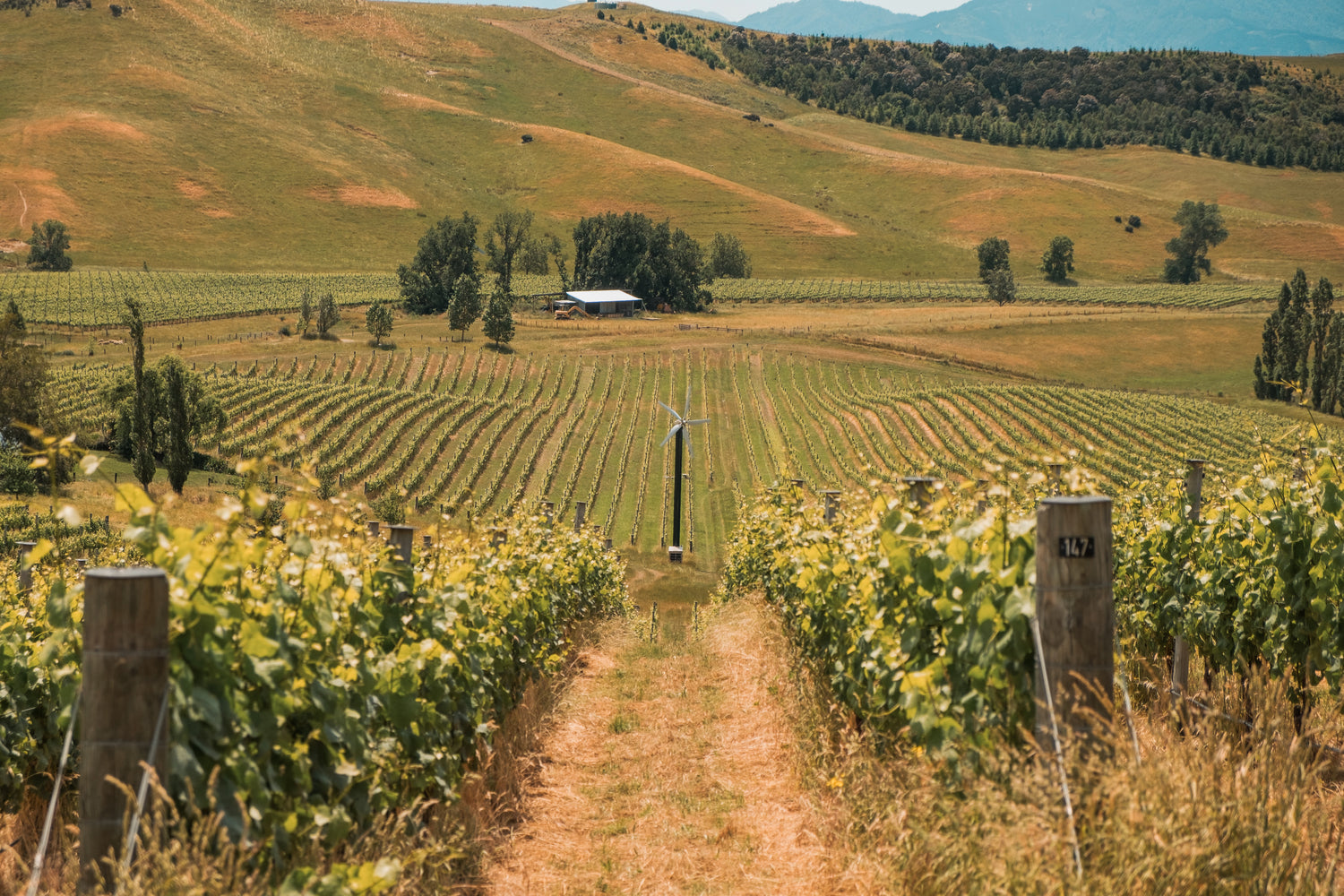
Pinot noir
Since 2007 we have produced a Wrekin pinot, the purpose being to learn about the vineyard by retaining a modest amount of estate wine from each vintage. We have progressed this theme over the years as we see our wines expressing the subtle influence of terroir, vine age and organic/biodynamic viticulture.
2014 was the first Needle’s Eye* vintage – a pinot intended as a true representation of our terroir and combining all 8 pinot noir clones (since 2017, 10 clones) grown on the different contours and aspects of the vineyard. The wine has many layers and complexity.
In 2023 we produced our 10th consecutive “Needle’s eye” which we will cellar as we have all preceding vintages. The 2020 and 2022 vintages presented an opportunity to combine fine tannins and elegance in a select wine known as the “Red Admiral” to be released in future years.
*The name is taken from a rock cleft on The Wrekin, a historic hill and landmark in England’s Shropshire.
11.5 hectares planted in 2002
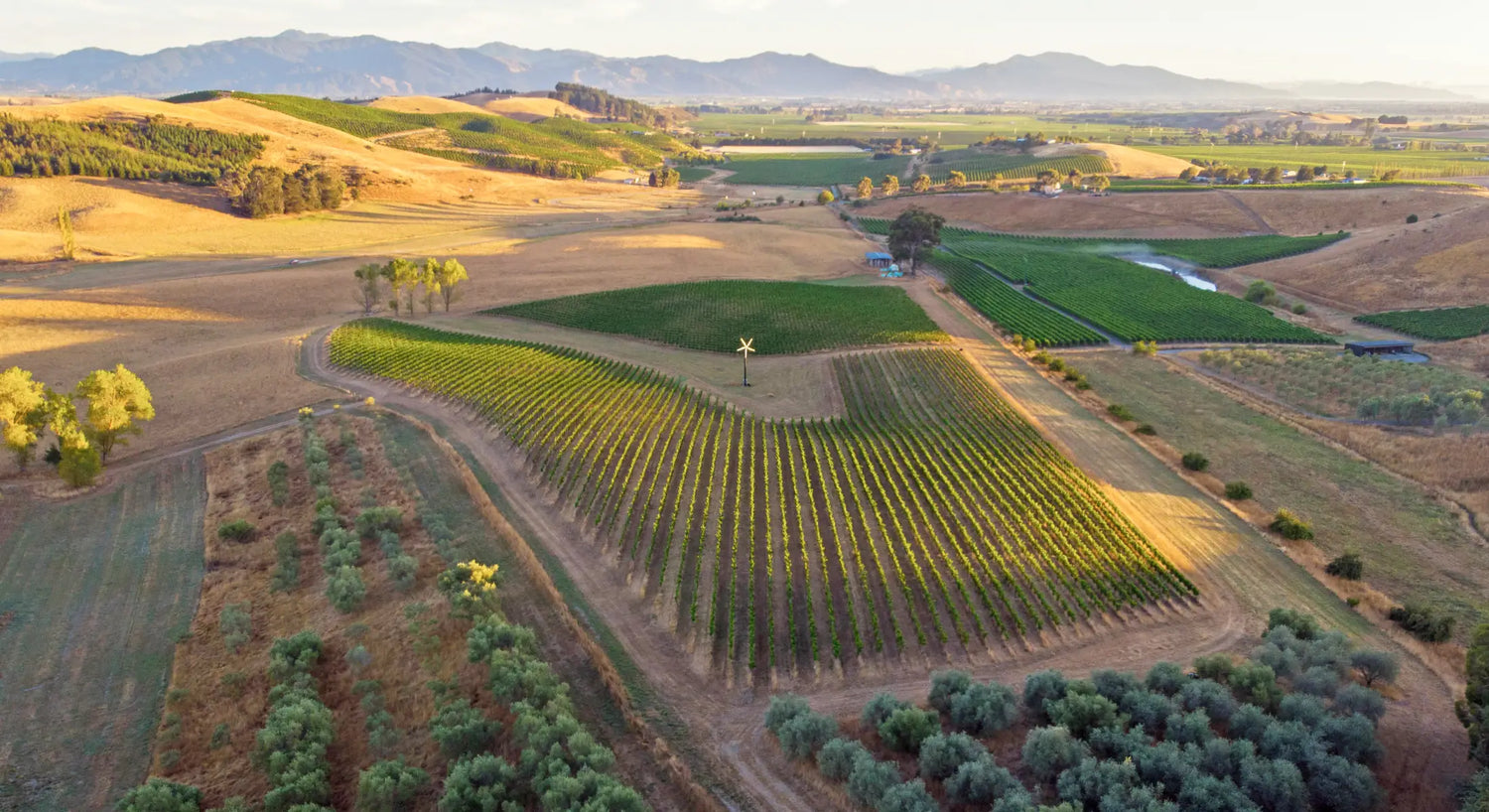
Chardonnay
Our chardonnay vines lie on the lower slopes of the farm with olive trees bordering two blocks facing north and west respectively.
The fruit from the two zones have distinctive ripening and acid balance profiles. The Olive Grove chardonnay is produced from the west facing contours which enhances crisp acidity and texture.
2020 was the first chardonnay produced under The Wrekin Vineyard label - an elegant, chablis-style wine.
4.5 Hectares planted in 2009

Chenin blanc
The chenin blanc vines are located on hillside overlooking the dam constructed as a rainfall catchment for irrigation as required.
The slopes of this block have a variety of topsoil profiles and aspects. The vines were first pruned by the eldest daughter, Libby.
Libby’s Block Chenin Blanc 2019 was the first release of this noble variety from the Loire Valley. The chenin blanc we produce is dry, floral with notes of green apples and baked quince.
1.5 Hectares planted in 2008
It's not just about great wine
The people that steward this land are what make this part of the world truly special. We are lucky to attract bright, curious minds eager to learn and contribute to farming our grapes in harmony with the land and climate. The care and attention in pruning the vines, the endless hours making and applying biodynamic preparations, the long days and crisp mornings - only made palatable by Jeremy's leadership style and Andrew and Jan's culture built over the last two decades.